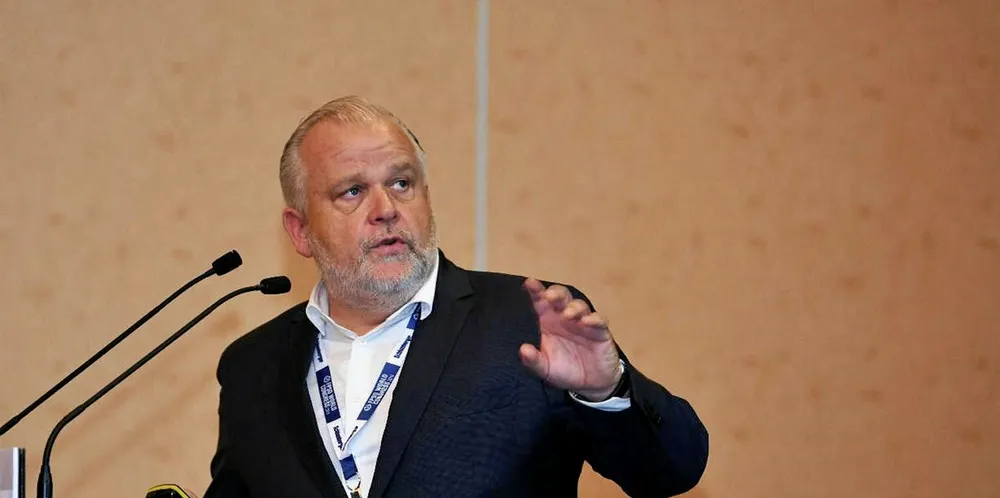'Our target is one-third of revenue from non-oil & gas work by the end of the year'
After 50 years in maritime contracting, Maersk Supply Service is gearing up on its energy transition with a special focus on floating wind, its VP of integrated solutions Olivier Trouvé tells Darius Snieckus
